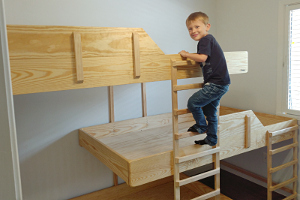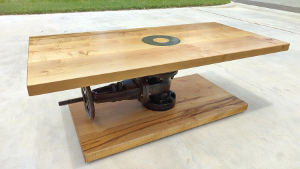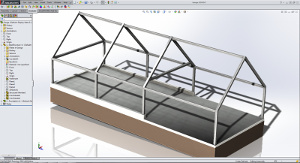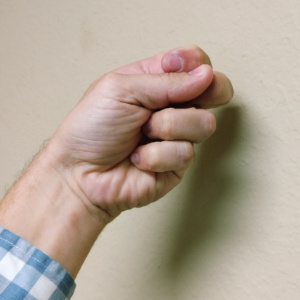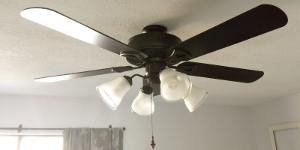Tips for stud finding.
So I've tried electronic stud finders before but there really isn't any good reason to own one. I don't think anyone who needs to find studs for a living uses one and they aren't really any faster or more accurate than the old ways. So how do you find studs? Pretty easy actually, here are a few methods:
Knocking
First step is knocking on the wall. Use your knuckle, a screwdriver handle etc. to run along the wall tapping it every inch or so. When the wall sounds hollow it probably is and when the tone changes and the wall feels more solid there is probably a stud.
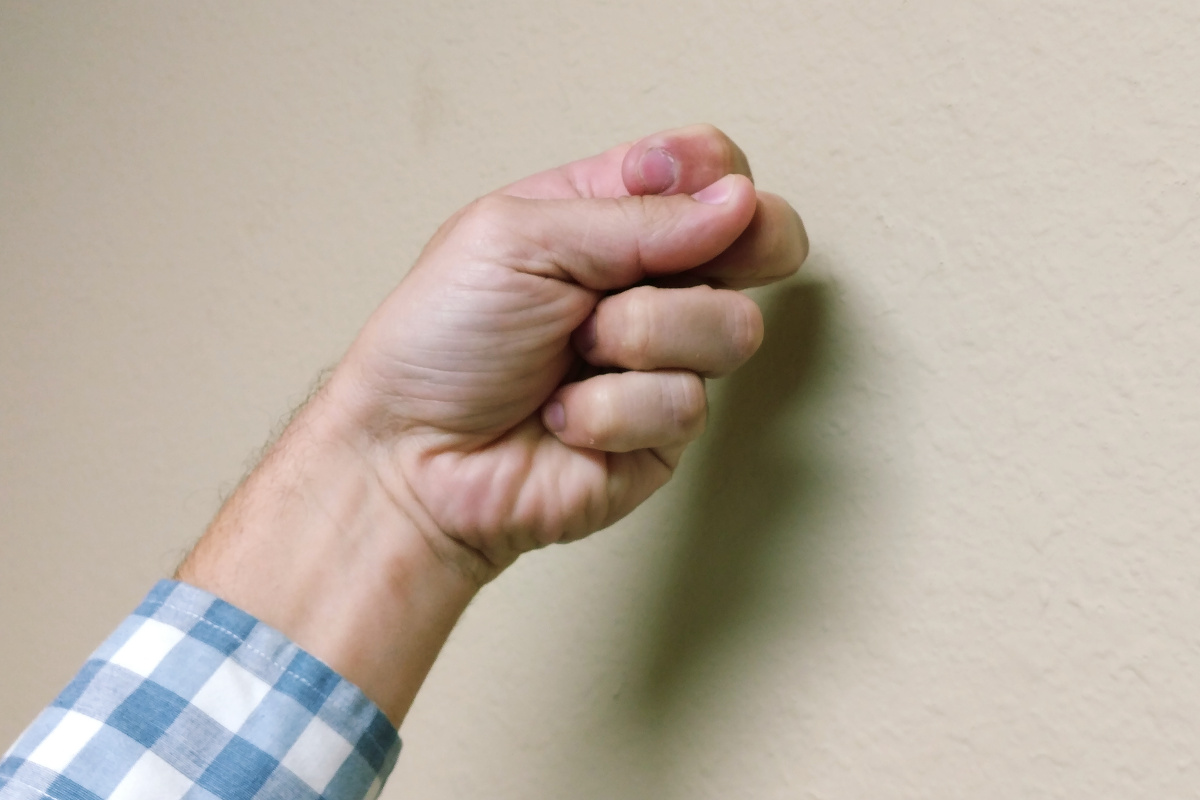
Some people prefer the screwdriver handle because it makes a sharper sound but I prefer my knuckles so I can feel the wall and how it responds.
Until you have a good feel for this (and when it is critical to get it right first time) checking your results with another method is probably a good idea. Sometimes the sheetrock isn't sucked up against the stud so it still sounds hollow and very occasionally there is a scab or patch on the backside from someone making a repair that makes a different sound.
Side Lighting
Most houses don't have perfect framing and sheetrock because most people don't notice if it isn't perfect and it takes more time to make sure it is. Once you know this all the imperfections start to pop at you, pointing out the joints between sheets and the individual studs that weren't quite in the same plane as the others. You will notice this most when a strong light shines parallel to the wall or ceiling and particularly when you are standing close to the wall looking along it toward the light source (with the light source can work also).
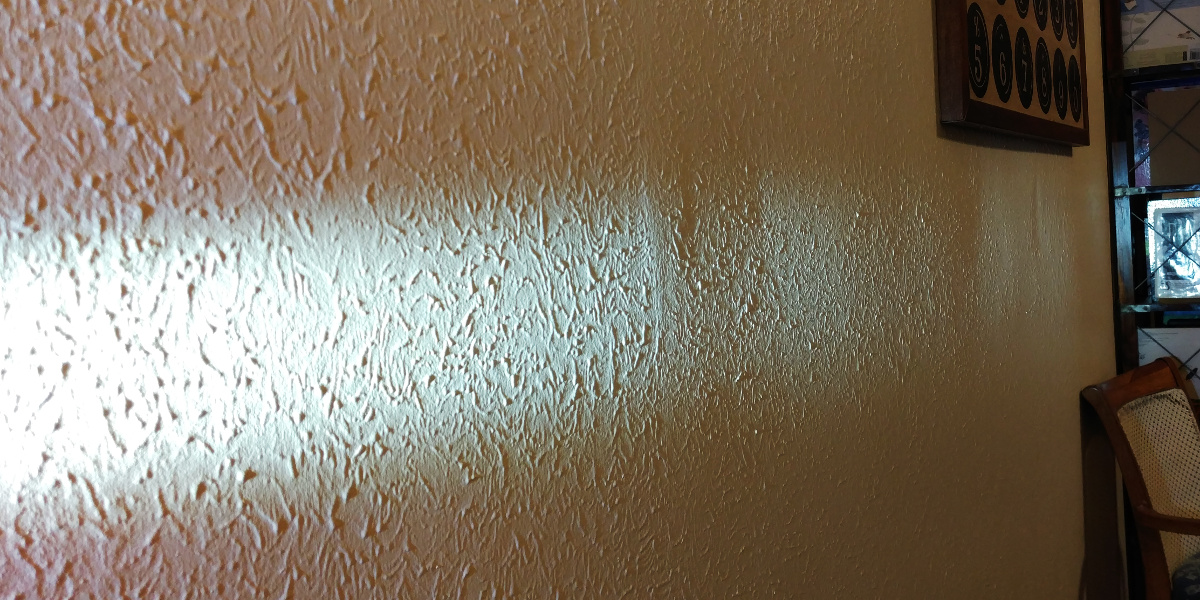
Not only does light along the wall like this show where studs are but many times it also makes the individual fasteners evident like here:
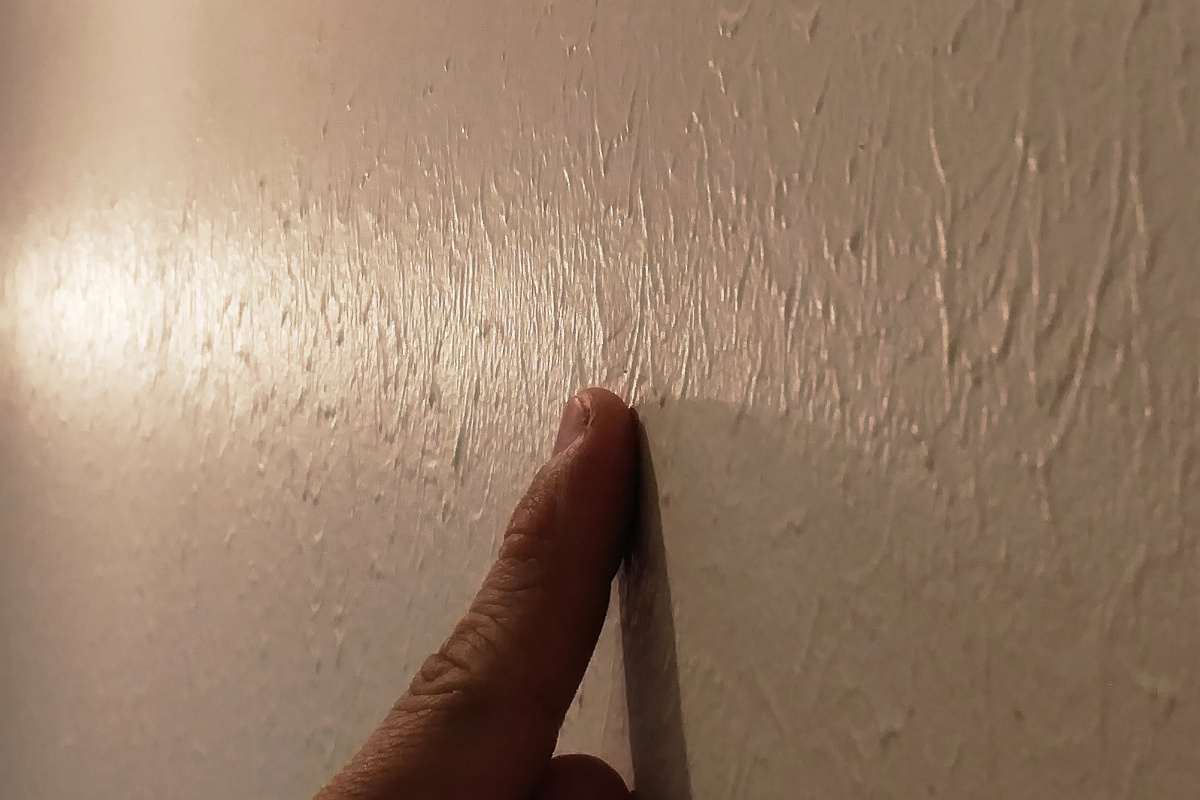
Feeling Fasteners
This works best on old houses with sheetrock secured by nails. Joint compound doesn't dry the same over nails and screws as it does everywhere else. As everything moves with time and the seasons it separates from the nail heads and creates a little void underneath. If you brush your fingers along the wall you can often feel and hear the difference in that one spot.
Not really any picture to take of this since it is totally about feel. If you find a nail head another way you can run your fingers over it to learn what it feels like.
Magnets
Get any strong magnet and slowly brush it over the wall. You will be able to feel when it sweeps over a nail or screw. If you have a small good strong one it will stick to the wall. This makes it pretty handy to find exactly where the fasteners are if you need to avoid one. It also helps to mark where the studs are if you need to see a number of them at once and figure out what you are going to do or measure something.
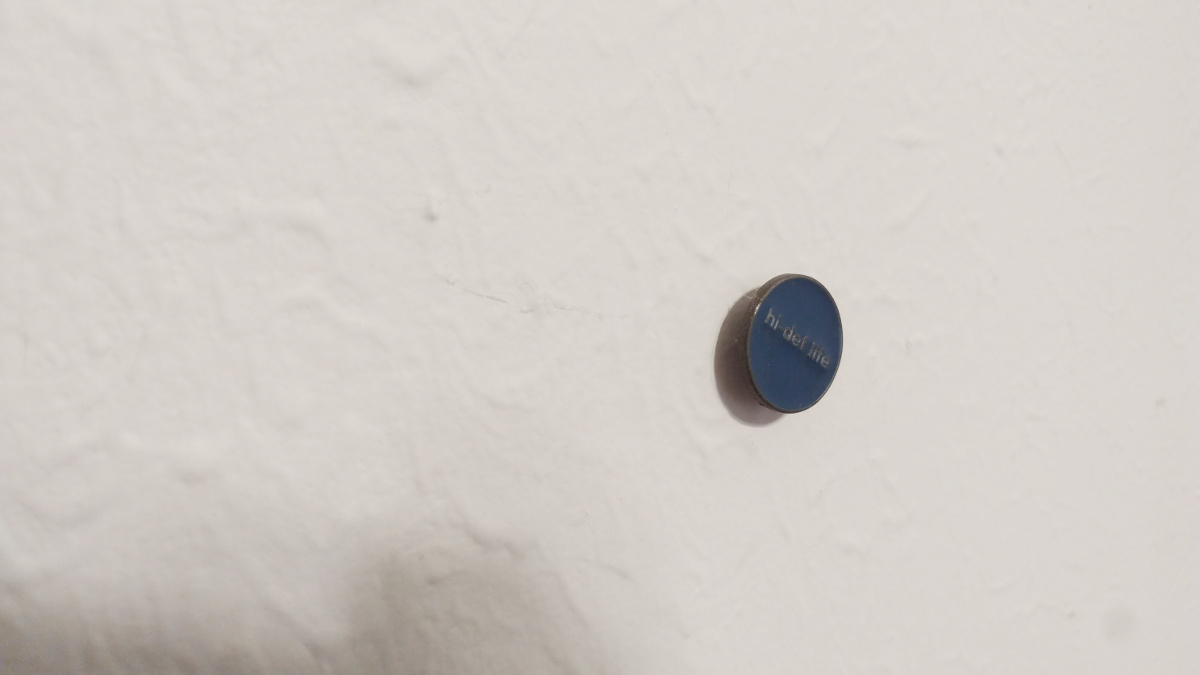
Measuring
Once you find one stud or have a good guess you can lay out the entire wall. Most houses are framed with studs on 16 inch centers so just measure over 16 inches from a stud you did find. Obviously there will be some inconsistencies, someone might have started their 16 inches from two different corners and then landed in an odd spot in the middle. Most frequently though the dimensions are all right from one end or the other with some offsets at the beginning, end or anywhere there is a feature that would have made framing or drywall placement different like a window.

While 16 on center is by far the most common there are also times when something might have been framed on 12s, 18s or 24s. Just find a few studs in the middle of walls in your house and measure between them to determine your spacing. Also watch for additions or renovations done at different times, these may be different than the rest of the house.
Pinhole
So when you have the stud positions figured out but need to know the exact stud locations before you lock yourself in with a big hole or busting sheetrock out you can physically probe the void behind the sheetrock. Just drive in a tiny brad nail, or I like to take a thin piece of steel wire and poke it through. If will be obvious in two seconds if there is something behind the sheetrock or not. If you are wrong then you just have a tiny hole which can easily be made invisible by pushing some joint compound into it and if your right well then it doesn't matter at all.
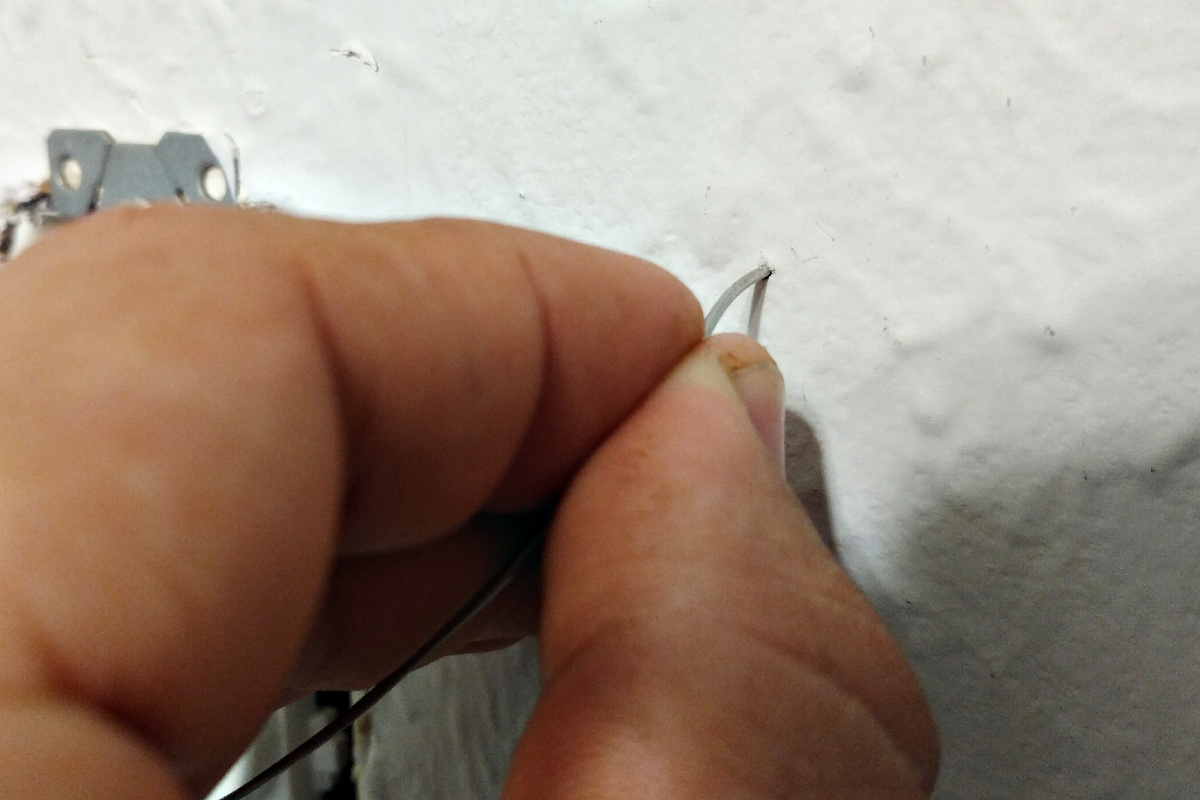
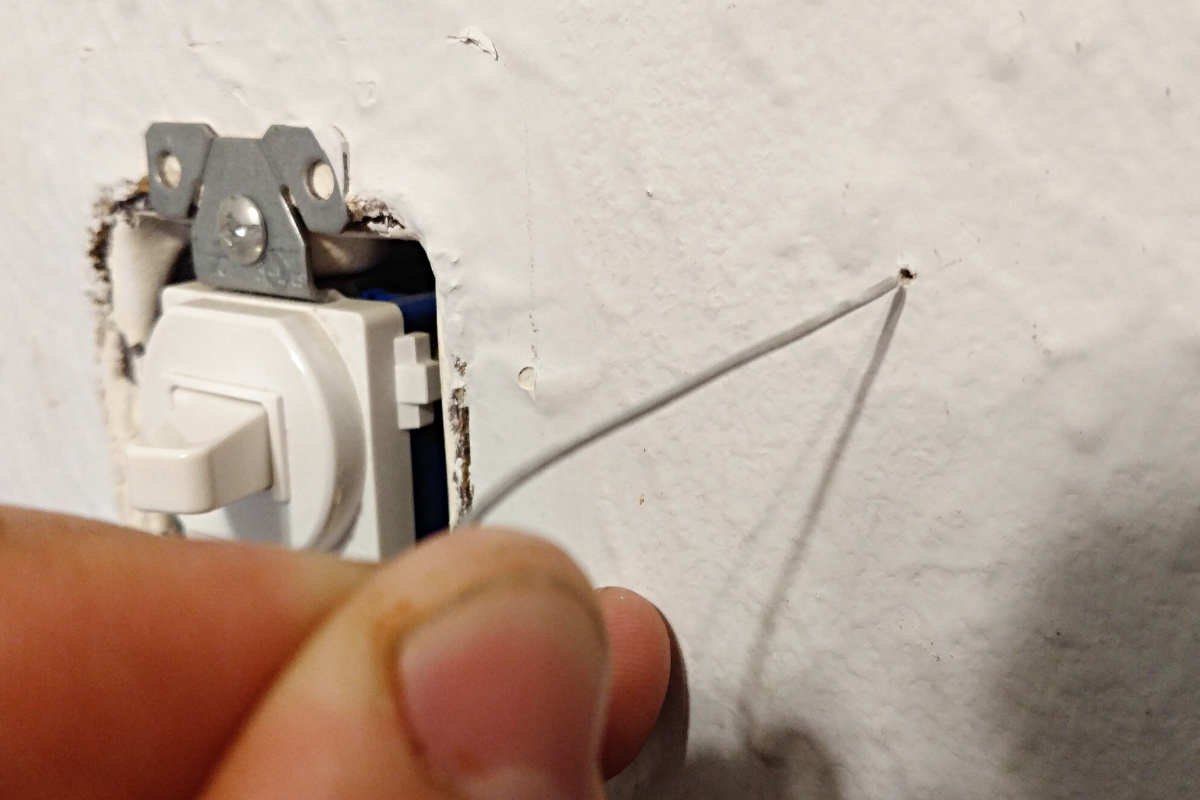
Between all these things I'm always able to find where things are well enough for what I need. Hopefully you haven't seen one of these before and you have another tool in your arsenal now. If you happen to be someone who is further along the learning curve than me but suffered through reading this anyway maybe you have another method I haven't come across yet? I'd be interested to hear it, my email is on the contact page.
